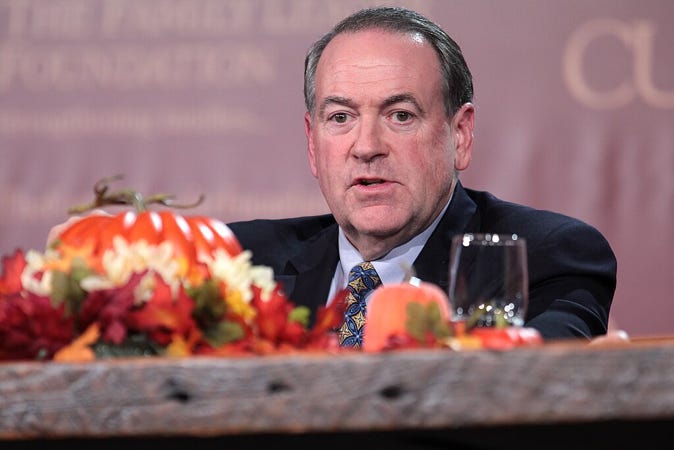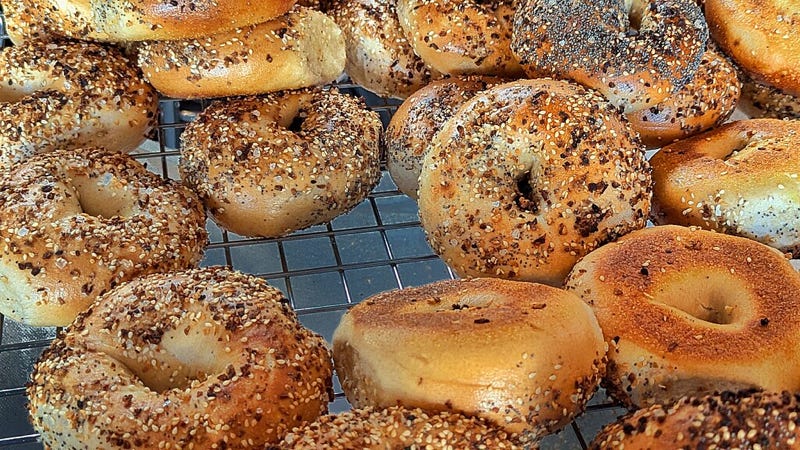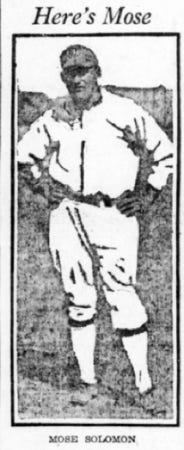11/24/2024
Donald Trump has named former Arkansas governor Mike Huckabee to be ambassador to Israel. Huckabee, a Baptist minister, is a strong supporter of Israel. He first led trips to Israel with his congregants in the early 1980’s, eventually becoming highly popular pilgrimages nearly every year, visiting Yad Vashem and the Israel Museum along with many Christian sites including the Garden of Gethsemane, the Via Dolorosa, and St. Anne’s Church. He views the Israel-Palestine conflict not as a geopolitical problem, but a spiritual conflict between good and evil. He expanded on that concept following the October 7 Hamas attack on Israel, referring to “the worst level of evil that exists on our planet today.” Many of his views are controversial, appealing to strong supporters of Israel but concerning to many who support Palestinian rights and believe in a two-state solution. For example, he has said “There is no such thing as a West Bank—It’s Judea and Samaria…There’s no such thing as a settlement—They’re communities, they’re neighborhoods, they’re cities. There’s no such thing as an occupation.” He has also said there is “no such thing as a Palestinian.” Prior to Mike Huckabee’s 2015 trip to Israel, he criticized President Obama for spending “more time berating Israel for building bedrooms for its families than he has spent bothering Iran for building nuclear bombs.” He then went on to draw a contrast between his and Obama’s relationship with Israel, invoking what musician?
Mike Huckabee (22947800910) by Gage Skidmore is licensed under CC BY-SA 2.0 via Wikimedia Commons
A. “Israel is a friend. While I’m here for the umpteenth time in 42 years, I will tell them, ‘you got to have friends. The feeling’s oh so strong.’ And I won’t even need to take Bette Midler to sing it.”
B. “Israel is so special to me. While I’m here for the umpteenth time in 42 years, I will tell them, ‘There was a moment that I spent, oh, just loving you, yeah, ‘Cause you're the best thing that ever happened to me.’ And I won’t even need to take Gladys Knight to sing it.”
C. “Israel is my friend. While I’m here for the umpteenth time in 42 years, I will tell them, ‘Oh, I get by with a little help from my friend.’ And I won’t even need to take Ringo Starr to sing it.”
D. “Israel is a friend. While I’m here for the umpteenth time in 42 years, I will tell them, ‘you’ve got a friend.’ And I won’t even need to take James Taylor to sing it.”
E. “Israel is my special friend. While I’m here for the umpteenth time in 42 years, every time feels like my first time. I will tell them, ‘Like a virgin, hey, Touched for the very first time.’ And I won’t even need to take Madonna to sing it.”
✡ ✡ ✡ ✡ ✡ ✡ ✡ ✡ ✡





